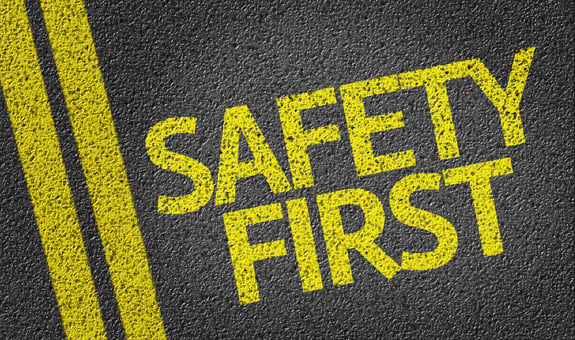Each October, the federal Occupational Safety & Health Administration (OSHA) publishes its yearly statistics of inspections and citations. These statistics are gathered from October of the past year through September of the current year, and can be segmented by business classes using applicable North American Industry Classification System (NAICS) codes.
From October 2020 through September 2021, motor vehicle dealers, parts dealers, and automotive service facilities were fined $2,454,593.00 by OSHA and the 22 OSHA-approved state plans.
Click on the interactive graph below to see the various citations by type:https://complynet1.clicdata.com/v/Vk53loy90swf
Once again, the most common category of citations issued by OSHA against automotive facilities were Hazard Communication Standard violations. Complying with the Hazard Communication Standard is about acknowledging there are chemical hazards at your automotive facilities, identifying these chemical hazards, and communicating these hazards to workers to ensure a safe and healthy work environment. Among other things, the Hazard Communication Standard requires all of the following: a chemical inventory; safety data sheets; labels; a written program; and training. Hazard communication compliance is achievable, but it does require consistent effort, regular updating, new hire training, and ongoing training.
Like Hazard communication citations, the other top citations are also no stranger to automotive facilities. Year over year, automotive facilities receive health and safety citations related to improper wiring methods for equipment, lack of respiratory protection, guards missing on wheel grinders, lack of personal protective equipment, slip and fall hazards, poor fire extinguisher practices (e.g., misplaced, missing signage, or not inspected), and much more. The complete list of citation categories by frequency for the past year is as follows:
• Hazard communication
• Electrical equipment and wiring methods
• Respiratory protection
• Fall protection and falling object protection, including training
• Machine guarding and safety
• PPE for eyes, face, hands, and feet
• Forklift safety
• Lockout/tagout
• First aid kits
• Slip, trip, and fall hazards
• Fire extinguishers
• Portable powered tools, including jacks and abrasive blasters
• Reporting fatalities, amputations, losses of eyes, or impatient hospitalizations
• Flammable and combustible material storage, handling, and use
• General Duty Clause
• OSHA Forms 300, 300A, and 301
• Welding and cutting
• Truck wheel safety
• Compressed gas cylinders
• Ladder safety and training
• Exit routes
• Sanitation
• Air contamination, and lead exposure
• Citation postings and abatement verification
• Signs and tags – danger, caution, and biological hazards
• Stairway hazards
• Emergency action plans
• Noise exposure
• Permit-required confined spaces
• Overhead and gantry cranes
• Working over or near water
It is your duty to provide your workers with a safe and healthy work environment, and OSHA is prepared for you. Are you prepared for OSHA?

